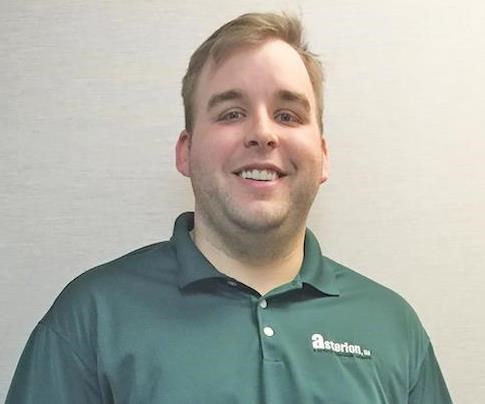Plating Clinic: Cleaner Bath Life
Q. My cleaners are not lasting nearly as long as they should. What can I do to lengthen the life of my cleaner bath?

Cleaner Bath Life
Q. My cleaners are not lasting nearly as long as they should. What can I do to lengthen the life of my cleaner bath?
A. There are a few things that will affect the life of your cleaner baths. The first concerns the condition of parts that you are putting into the bath. If the parts are dripping with oil/grime, your cleaner isn’t going to last very long because it will have a lot to clean up. This is easily fixed by lowering the amount of oil used to ship or manufacture the parts. Note that this may not be possible if you aren’t in charge of manufacturing the parts, so I recommend you discuss this with those who send you the parts. Additionally, depending on the type of cleaner you are using, adding a weir to your cleaner tank may help lengthen bath life by removing oil from the top of the bath.
The quality of the water being used can also affect the cleaner bath life. Each of the broad categories of water, hard, soft and purified water, have different properties that may affect the bath life.
Examples of hard water includes well water, pond or lake water and river water. Because it contains a lot of dissolved minerals that can prevent the cleaner from pulling the oils and grime into the solution and off the surface of the part, hard water is the worst for bath life. The easiest way to think about it is that there can only be so much “stuff” in solution at one time. Soft water is just hard water that has had many of the minerals removed from it. Since soft water has fewer dissolved minerals than hard water, cleaner baths made with soft water tend to last longer when compared with hard water baths. Purified water is just what it sounds like, soft or hard water that has been purified. Like soft water, there are several different ways to make purified water. Baths with purified water will last the longest, due to the fact that nearly all of the dissolved minerals have been removed, leaving pure, clean water.
The type of cleaner may also affect the life of a cleaner bath, though this will vary case-by-case. There are many types of oils and compounds used to manufacture parts, and for every oil and buffing compound, there is a surfactant or soap that will clean it. For instance, paraffinic oils can be very difficult to clean.
However, there are cleaners designed to remove these oils from the surface of the part. Talk with the oil supplier and cleaner supplier to find the best solution and check at what temperature the cleaner should run—oftentimes, cleaners will have a range at which that they can run. It is important to make sure the cleaner is in that range to get the best cleaning. While it may not affect bath life directly, it can improve the cleanliness of the parts.
Short cleaner bath life can be a frustrating problem, especially if you feel you aren’t getting your money’s worth out of the bath. Keep in mind that your cleaner is the first line of defense for your plating line. It is designed to be used up and trashed so that your plating solution isn’t chewed up by the surface contaminants. The best thing you can do is talk to the supplier if you are struggling with bath life. They will help you target your efforts to lengthen bath life.
Jake Fisher is with Asterion. For information, visit asterionstc.com
Related Content
How to Choose Between Sulfate and Chloride-Based Trivalent Chromium
There are several factors to consider when choosing between sulfate and chloride-based baths for trivalent chromium plating. Mark Schario of Columbia Chemical discusses the differences and what platers should keep in mind when evaluating options.
Read MoreAn Overview of Electroless Nickel Plating
By definition, electroless plating is metal deposition by a controlled chemical reaction.
Read MoreHow to Maximize Nickel Plating Performance
The advantages of boric acid-free nickel plating include allowing manufacturers who utilize nickel plating to keep up the ever-changing regulatory policies and support sustainability efforts.
Read MoreInnovation in Plating on Plastic
Plating on advanced plastics solution offers improved adhesion, temperature resistance and cost savings.
Read MoreRead Next
Education Bringing Cleaning to Machining
Debuting new speakers and cleaning technology content during this half-day workshop co-located with IMTS 2024.
Read MoreDelivering Increased Benefits to Greenhouse Films
Baystar's Borstar technology is helping customers deliver better, more reliable production methods to greenhouse agriculture.
Read MoreEpisode 45: An Interview with Chandler Mancuso, MacDermid Envio Solutions
Chandler Mancuso, technical director with MacDermid Envio discusses updating your wastewater treatment system and implementing materials recycling solutions to increase efficiencies, control costs and reduce environmental impact.
Read More







.jpg;maxWidth=300;quality=90)
















